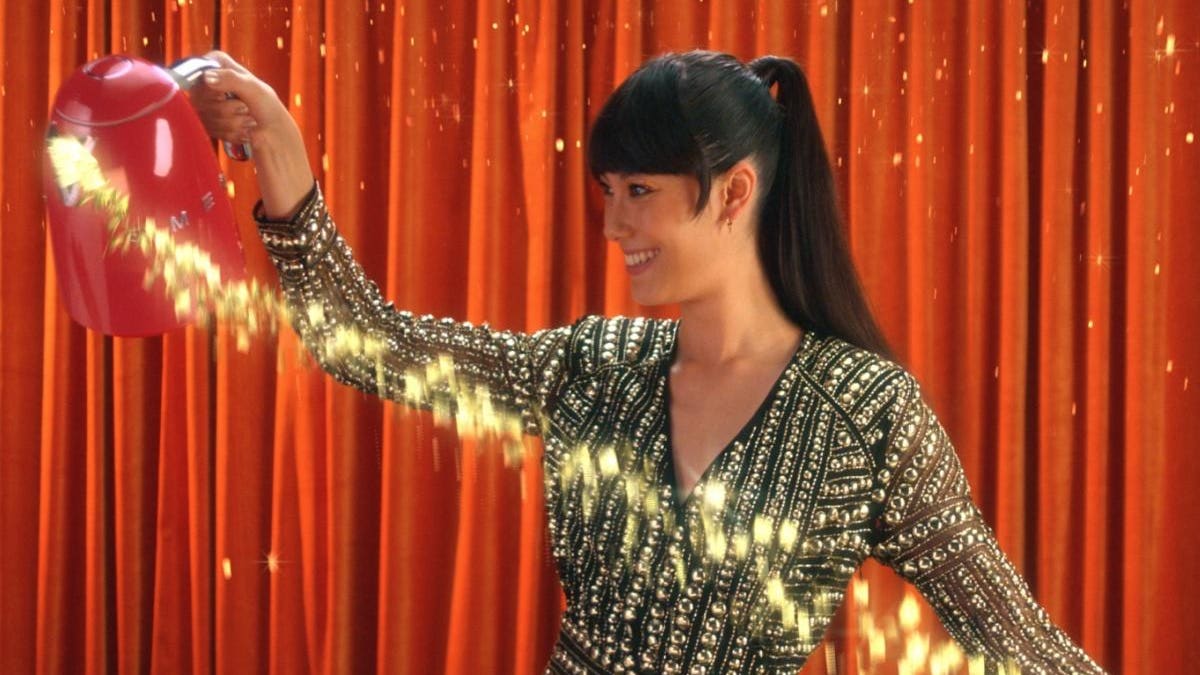After 118 years and over 1 billion copies printed, UK retailer Freemans has laid the printed catalogue to rest and ceased production. So how did the humble catalogue start life, and what is the future potential for the ‘Directory of Dreams’?
In the landscape of 20th-century feminist literature, the seemingly modest retail catalogue stands tall as a transformative force in women’s lives. Offering more than just pages filled with vibrant images of the latest fashion and consumer goods, these catalogues served as a gateway to a world of aspiration, ambition, and escapism, significantly altering the traditional role of the housewife.
Dating back to the 1870s, early catalogues primarily targeted wealthy customers residing near city-center department stores. However, the debut of the Freemans catalog in 1905 marked a pivotal shift in the retail environment. It provided ordinary Edwardian households with a glimpse into the lives of their more affluent counterparts, effectively challenging Victorian class values. Accessible and affordable, these catalogues allowed ordinary shoppers the opportunity to purchase at reasonable prices luxury items such as three-piece suits and jewelry; a feat previously unimaginable.
The arrival of the Grattan catalogue in 1912 and Littlewoods in 1932 further reinforced the catalogue as a vehicle for aspiration. These mass-market “buying bibles” featured modern must-haves, from mahogany sideboards to silk-lined suitcases, positioning themselves as the key to a glamorous lifestyle. By the 1930s, Freemans had emerged as the largest mail-order company, boasting a network of 30,000 ‘agents’ responsible for vouching for friends and family ordering products on credit. These ‘agents’ were primarily men, as women were barred from negotiating credit agreements at the time.
World War II’s displacement of inner-city communities to far-flung suburbs and the subsequent introduction of coupon rates as a means of purchasing clothes, all further fuelled the catalog’s popularity. With door-to-door salespeople now commonplace, catalogue shopping became a means by which Britain could emerge from its post-war gloom.
The catalogues of the 1960’s and 1970’s, filled with pages of desirable products such as washing machines, gave families on average incomes access to the luxuries enjoyed by their wealthier counterparts. Subsequently, thousands of women found employment outside the home, taking catalogue orders and contributing to the more than one million women employed in the sector by 1961.
In the ensuing decades, catalogues continued to capture the zeitgeist, offering everything from bikinis for vacations on the Costa del Sol to the latest tech, from Walkmans to ZX Spectrum PCs. Celebrity endorsements from the likes of Yasmin Le Bon and Lulu further added to the catalogues allure.
The rise of the internet and e-commerce in the early 2000s significantly altered the retail landscape. Where catalogues could showcase a few thousand products, the web offered retailers an unlimited storefront. The ease with which consumers could compare stores and the opening of the UK market to worldwide firms led to the eventual phasing out of the catalogue. By 2005, Littlewoods had discontinued its catalogue and recently Freemans followed suit, ceasing print after 118 years.
Ann Steer, CEO, Freemans said: “It was the UK’s biggest and the best store catalogue and has served generations of families.” “However, we need to move with the times, in response to how customers are shopping these days.”
Despite this shift, there remains a place for the catalogue in today’s retail environment. The emergence of the ‘magalogue,’ a fusion of high-quality magazine editorial and lifestyle imagery, attests to this.
Brands such as Me+Em and Selfridges have successfully embraced this new style of catalogue, proving that there is still a market for this form of retail. The focus being on quality of read rather than quantity of goods.
As the catalogue format continues to evolve, it is clear that it remains a desirable and effective showcase and a window of aspiration for many. This is now about the connection in a golden moment of quality time for the browser, rather than a printed listing of products.
Read the full article here





